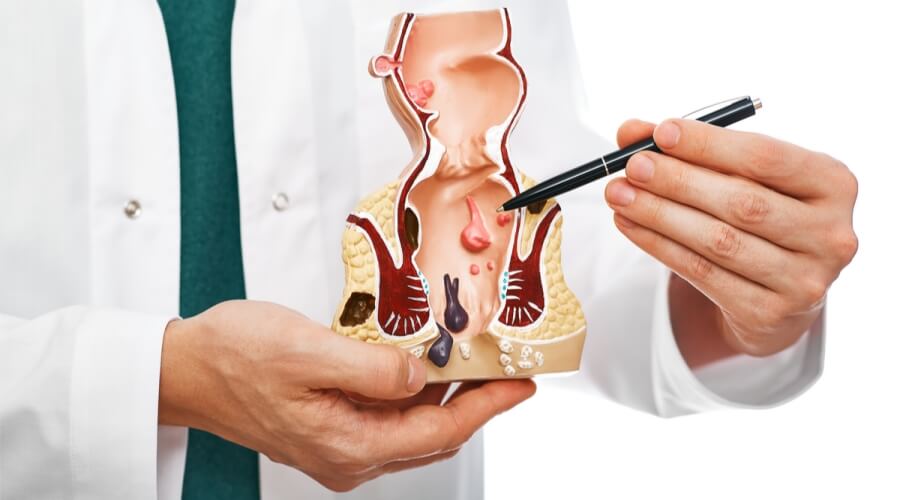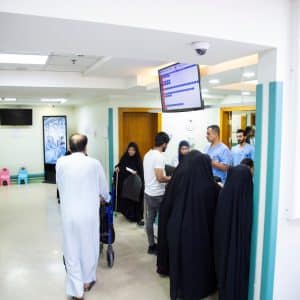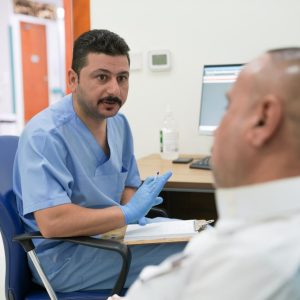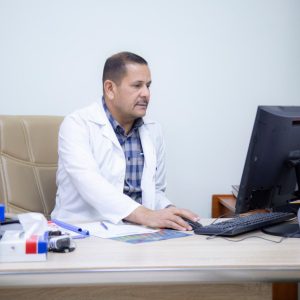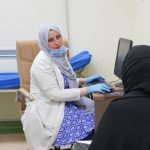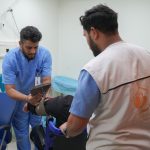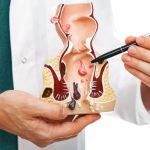Definition, causes, symptoms, and the latest methods of diagnosis and treatment
📌 Intro:
Have you ever experienced persistent pain or unusual discharge near your anal area? These signs may be a sign of a more complex condition than it appears… a complex anal fistula—a subtle but potentially disturbing surgical problem that requires careful treatment and extensive expertise to avoid complications that could impact the patient’s daily life.
An anal fistula is an abnormal channel that forms between the anal canal and the surrounding skin. When this pathway has multiple branches or penetrates the deep anal muscles, it is classified as “complex,” making it a real challenge to diagnose and treat due to its proximity to the muscles responsible for controlling defecation.
📌 Types of anal fistulas:
Fistulas are classified based on their relationship to the anal sphincter. Here are the main types:
1. Inter-sphincteric:
extends between the internal and external sphincter muscles.
2. Trans-sphincteric:
penetrates the external sphincter muscle.
3. Supra-sphincteric:
passes over the external sphincter muscle and then descends to the skin.
4. Extra-sphincteric:
does not pass through the muscle, but surrounds it from the outside.
Complex fistulas are usually of types 2-4, have many branches, or are associated with chronic conditions such as Crohn’s disease or recurrent abscesses.
📌 Causes and risk factors:
Common causes:
• Previous anal abscess that was not treated well.
• Crohn’s disease.
• Infectious diseases such as tuberculosis.
• Sexually transmitted diseases (STDs).
• Cancer or radiation therapy to the pelvic area.
Factors that increase the risk of infection:
• Diabetes.
• Weak immunity.
• Chronic inflammatory bowel disease (IBD).
• Poor post-operative care.
📌 Symptoms:
How do you know you have a complex fistula?
Symptoms may vary depending on the type of fistula, but the most common signs include:
• Persistent or intermittent pus discharge from the opening near the anus.
• Pain that increases when sitting or during bowel movements.
• Swelling or irritation of the skin around the anus.
• In some advanced cases: involuntary leakage of stool.
📌 Diagnosis:
How do we accurately detect this “hidden path”?
- Clinical examination:
• Look for a visible external opening.
• Feel the fistula tract from the outside. - 🧠 Advanced medical imaging:
• Pelvic magnetic resonance imaging (MRI):
The most accurate way to reveal the anatomy of the fistula and its path within the tissues.
• 3D anal ultrasound:
Shows the relationship between the fistula tract and the surrounding muscles.
• Dye injection (Fistulogram):
Reveals the extension of the fistula and its branches. - 🔎 Proctoscopy:
To determine if there are any associated diseases within the anal canal, such as infections or tumors.
📌 Treatment:
Main goals:
• Removal or closure of the fistula tract.
• Maintaining bowel control.
• Preventing future recurrence.
🛠️ Available Treatment Options:
1. Conventional Surgery (Fistulectomy/Fistulotomy):
• Incision and opening of the fistula is not preferred in complex cases.
• Complete excision is safer, but may require several steps.
2. Seton Placement:
A surgical thread inserted into the canal to gradually drain secretions, useful for fistulas passing through deep muscles.
3. LIFT (Ligation of the Intramuscular Tract):
The internal opening is closed without affecting the muscles, with excellent results.
4. Biological Plugs (Plugs):
Dissolvable materials inserted into the fistula to seal it and promote healing.
5. Fistula Laser Closure (FiLaC):
A newer and relatively painless technique that relies on laser energy to close the canal from within.
6. Stem Cell Therapy:
Still under investigation, especially in cases of Crohn’s disease, it aims to stimulate natural healing and reduce inflammation.
📌 Follow-up and possible complications:
Major Challenges:
• Relapse (recurrence of the fistula):
It may recur even after treatment, especially in complex cases or if the entire tract is not excised.
• Fecal incontinence:
One of the most serious complications, it may occur if the sphincter muscles are affected during surgery.
• Recurrent infections or abscesses:
These require close follow-up and long-term monitoring.
📌 Conclusion:
Complex anal fistulas are not just a “skin problem,” but a medical condition that requires accurate diagnosis, expert treatment, and continuous follow-up to avoid relapses or complications.
Thanks to significant advances in medical imaging and microsurgery, this type of fistula can now be treated more effectively while preserving the patient’s quality of life.
🩺 If you experience similar symptoms, do not hesitate to consult a general surgeon or colorectal surgeon – early diagnosis is the key to successful treatment.
Wishing good health and safety to all
